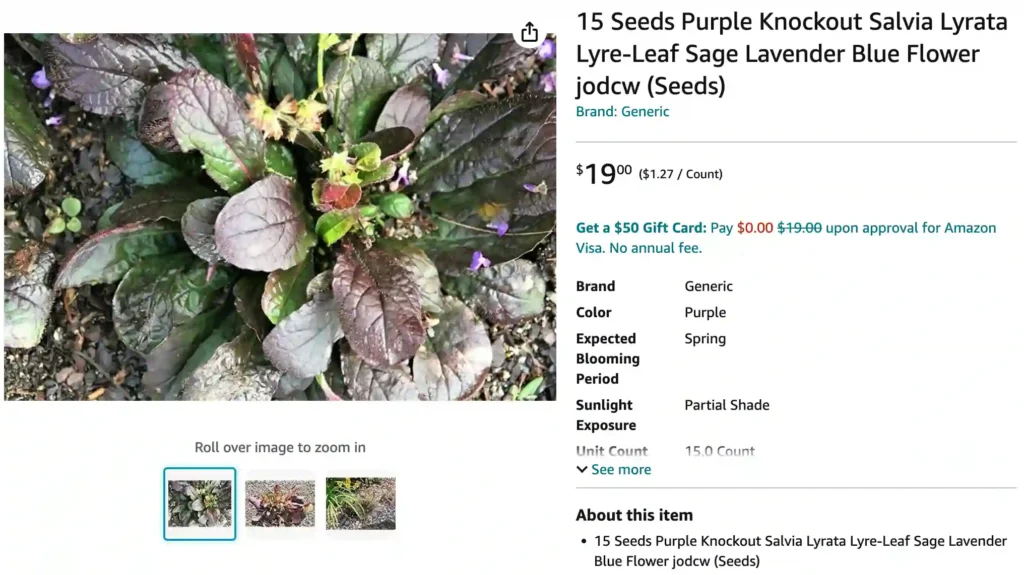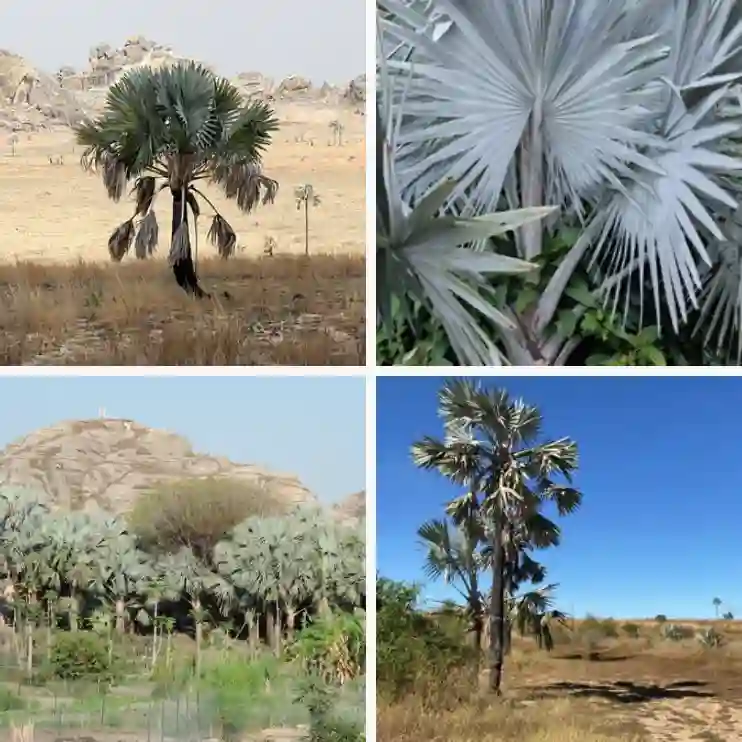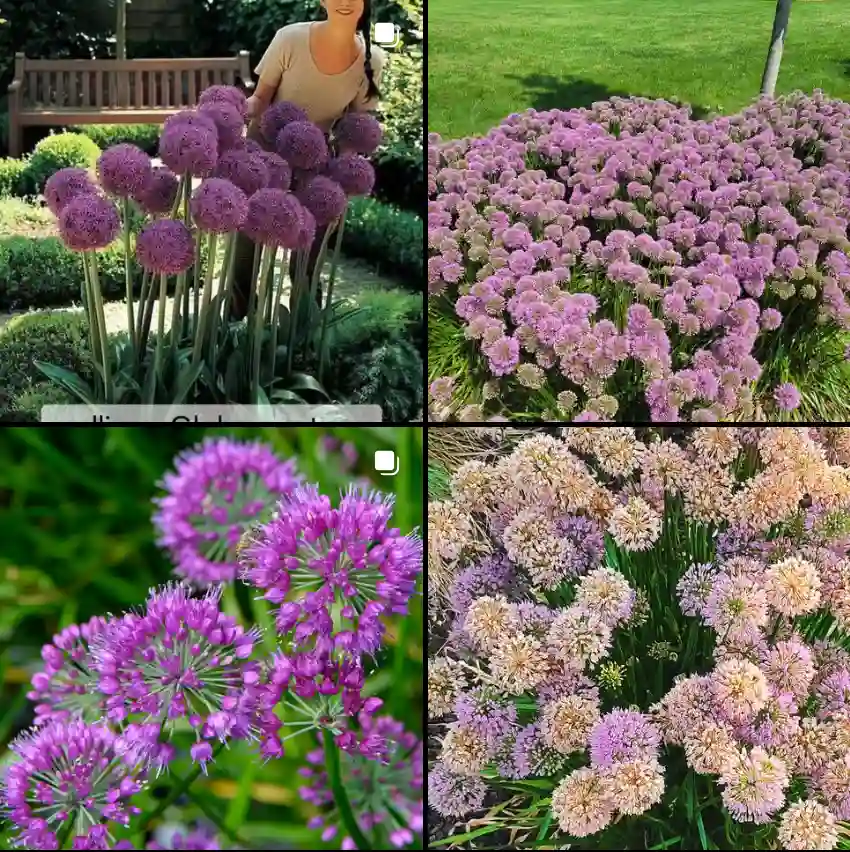
Lyre-Leaved Love: My Journey with Salvia lyrata
For years, my garden was a riot of color, filled with vibrant blooms vying for attention. But something was missing – a touch of understated elegance. Enter Salvia lyrata, also known as Lyreleaf Sage, and it quickly became a new favorite. Its captivating foliage and delicate flowers have added a whole new dimension to my gardening experience.
Over the past few seasons, I’ve delved into the world of Salvia lyrata, and I’m excited to share my discoveries with you. From its fascinating features to practical care tips, this article will be your one-stop guide to cultivating this stunning perennial.
1050 Species in Genus Salvia
What is Salvia lyrata?
Salvia lyrata is a herbaceous perennial native to the eastern and central United States. It boasts a unique basal rosette of deeply lobed leaves that resemble a lyre, hence the name. These leaves can reach up to 8 inches long and often have a beautiful purple tinge in the winter. In late spring to early summer, delicate white or periwinkle blue flowers emerge, adding a touch of whimsical charm.
How to Care for Salvia lyrata?
Salvia lyrata is a surprisingly low-maintenance plant, making it perfect for busy gardeners like myself. Here’s what you need to know to keep yours thriving:
- Light: Salvia lyrata prefers full to partial sun. In very hot climates, some afternoon shade can be beneficial.
- Soil: Plant your Salvia lyrata in well-drained, average to moist soil. Amending the soil with compost before planting is a good idea.
- Watering: Water your Salvia lyrata regularly, especially during its first growing season. Once established, it’s fairly drought tolerant.
- Fertilizing: A light feeding in early spring with a balanced fertilizer is sufficient.
- Deadheading: Regularly deadheading spent flowers encourages continued blooming throughout the season.
Can you eat Salvia lyrata?
While Salvia lyrata is a member of the mint family, it’s not recommended for culinary use. The flavor is quite strong and unpleasant, and there’s no documented history of its safe consumption. There are many other delicious herbs in the mint family, like peppermint or spearmint, that are better suited for cooking.
Should Salvia lyrata be mowed?
Definitely not! Salvia lyrata is a beautiful flowering plant, and mowing it would destroy its form and prevent blooming. Simply deadhead spent flowers to maintain a tidy appearance throughout the season.
How to make a Salvia lyrata poultice?
There’s some folklore surrounding the use of Salvia lyrata for medicinal purposes. However, there’s limited scientific evidence to support these claims. Additionally, some people may experience skin irritation when coming into contact with the leaves. It’s always best to consult a healthcare professional before using any plant for medicinal purposes.
When to fertilize Salvia lyrata Purple Knockout?
The “Purple Knockout” is a specific cultivar of Salvia lyrata known for its vibrant purple flowers. Fertilizing habits remain the same – a light feeding in early spring with a balanced fertilizer is enough to keep this beauty thriving.
When to plant Salvia lyrata Purple Knockout?
The best time to plant Salvia lyrata Purple Knockout, or any variety of Salvia lyrata for that matter, depends on your climate. In warmer regions with mild winters, you can plant in fall or early spring. In colder climates, wait until spring once the danger of frost has passed.
What to plant with Salvia lyrata?
Salvia lyrata’s elegant form and understated color palette make it a versatile companion plant. Here are some ideas to inspire you:
- Perennials: Combine Salvia lyrata with other low-growing perennials like Columbine or Catmint for a harmonious border.
- Grasses: Ornamental grasses like Blue Fescue or Maiden Grass add a textural contrast and provide winter interest.
- Bulbs: Spring-flowering bulbs like Daffodils or Tulips create a delightful display before the Salvia lyrata takes center stage in summer.
Conclusion
Salvia lyrata has become a cherished member of my garden, offering a touch of elegance and low-maintenance beauty. With its captivating foliage and delicate blooms, it’s a plant that adds interest throughout the season. From planting tips to companion plant ideas, I hope this guide has equipped you to cultivate your own slice of Lyre-Leaved love!
If i die, water my plants!



